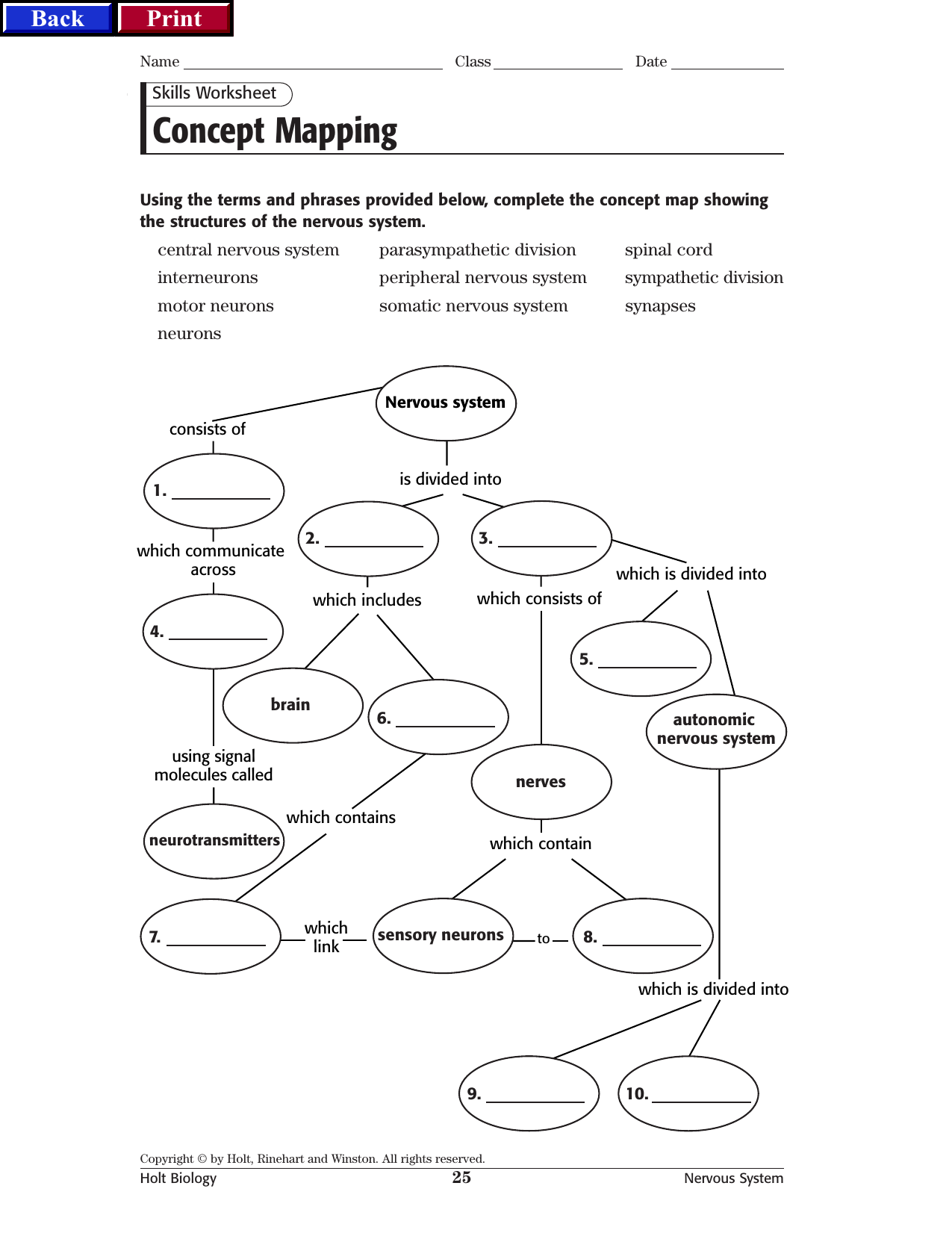

Have students graph biodiversity with air temperature and light intensity. Again, do they see a pattern? Why? Does their study site fit into the pattern? What does this suggest about life at the study site? Have students plot latitude with biodiversity. Again, do they see a pattern? Why? Does their study site fit into the pattern? Have students plot latitude with air temperature. Do they see a pattern? Why? Does their study site fit into the pattern? Have students plot latitude with light intensity. Can students determine any patterns in the graph? Can they explain why? Where is their study site on Conversely, the lower the latitude, the closer a site is to the equator. The greater the latitude, the closer a site is to the North or South Pole. Make sure students understand that each datum of latitude represents data from a study site. Have students compare latitude with Sun angle by making a scatter graph of the two variables. Have students use their Working with Graphs worksheet and make bargraphs and scatter plots.

Below, however, are suggestions for a more directed study of the data. If your students are experienced with data analysis, then this exploration can be quite open-ended. Have students analyze the Global Lab Snapshot data. The simple demonstrations provided in the teacher background sheet (Light Intensity Demonstrations) reveal the mechanisms behind this essential environmental parameter.Ĥ. They may have less of an understanding, however, of the need for measuring the angle of the Sun. Students typically grasp why air temperature at the study site is a important characteristic. Demonstrate connections between Sun angle and the bigger swings in daylight duration (long dark nights of winter, white nights of summer)ģ. the lower the Sun angle -> Less light intensity * The further we are from the Equator (higher latitude) (e.g. and more plant and animal niches - more diversity the higher the Sun angle is at the Equinox -> the more light (intensity) We are (close, far, midway) from Equator. * The nearer we are to the equator (Lower latitude) (e.g. You could ask: What else affects the study site?)įor example, their biodiversity discussion could reveal something like: These will be addressed in future activities. (Along the way they will begin to notice that there are important OTHER variables, such as altitude and moisture that make big differences among the sites, too. If they are familiar with concept maps, they could make one connecting the following variables: Have students work in teams and brainstorm connections among the data collected. Variability: Might their results vary over time? Which measured characteristic is most likely to change in a minute? Over an hour? Over a month? What about over a decade? Ask students to consider why these characteristics might change. Replicability: If they were to take the measurements again, would they get the same results? Discuss the quality of your class’s data.Īccuracy: Does each team think its data are accurate? If your resources are more limited, you can print and distribute hard copies of the data set to students.ġ. Ideally, small groups of students will each have a computer on which they can display and work with the Snapshot data. Global Lab Snapshot data, recent or archived Sun Angle (Light Intensity Demonstrations) Students look for patterns in the community-wide data. The class performs demonstrations of Sun angle and light intensity. Students discuss their data and hypotheses. Through observations made during simple hands-on experiments with a flashlight and light probe, students deepen their understanding of the Snapshot data. In this activity they will focus on the relationship between light intensity, air temperature, the angle of the Sun and biodiversity. Based on this work, students begin to construct a conceptual model of their study site. In this activity, students begin to make sense of the data they collected during the GL Snapshot and explore relationships among the measurements.


 0 kommentar(er)
0 kommentar(er)
